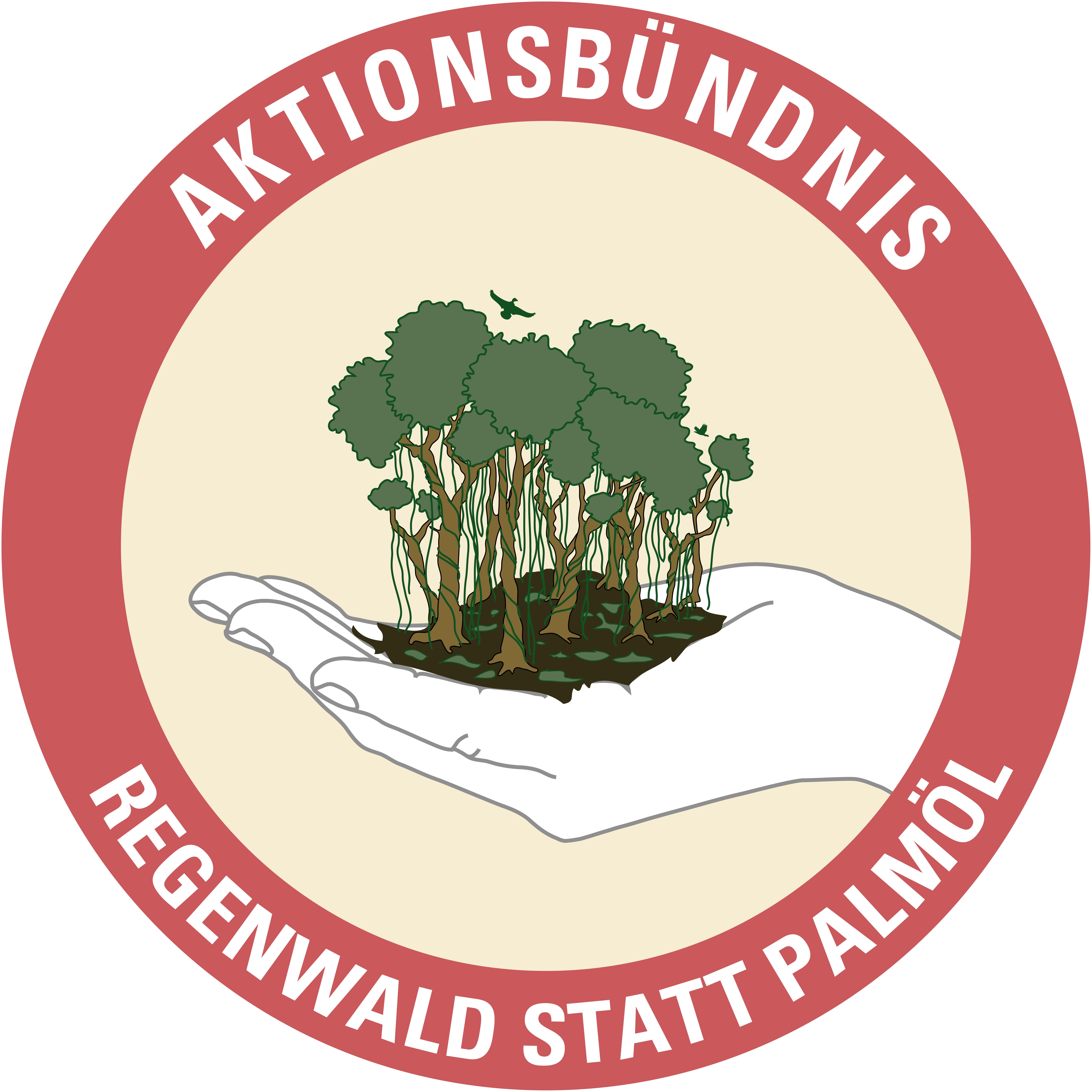
Manila, Jakarta agree on sea limit
In the spotlight, 20 May 2014
von Alex Flor
Sometimes our subscribers demand for positive news instead of all our negative reporting. Of course, not all is bad in Indonesia. But the good things are rarely news, but rather common or trivial issues.
Today we have some good news: at the right time when violent tensions in Vietnam raise up against China’s claiming of some disputed islands, and where a dispute between China and Japan on other islands is still going on, Indonesia and the Philippines set a good example on a peaceful resolution of a sea border dispute. Maybe it’s worthwile for other Asian countries to learn from the governments in Jakarta and Manila.
Alex Flor
Watch Indonesia!
Manila Standard, May, 20, 2014
http://manilastandardtoday.com/2014/05/20/manila-jakarta-agree-on-sea-limit/Manila, Jakarta agree on sea limit
By Sara Susanne D. Fabunan
The Philippines and Indonesia reached an agreement on the delimitation of their overlapping exclusive economic zones in the Mindanao Sea and Celebes Sea, marking a new chapter in the two countries’ commitment to ensure regional peace and stability.
In a statement, Department of Foreign Affairs undersecretary for Policy Evan Garcia, head of the Philippine delegation to Jakarta, said the agreement sets a good example for other countries in building peace in the region.
No conflict here. Map shows the area where the Philippines and Indonesia agreed the delineation of their national borders without conflict or rancor.
“The conclusion of the negotiations attests to the friendship, patience, goodwill and commitment of the Governments of the Philippines and Indonesia to peacefully address maritime issues,” Garcia said.
“This is a significant contribution to, and an example of, reasonable efforts to build a stable and peaceful regional community, in consideration of the interests of countries concerned and in accordance with international law,” Garcia added.
Garcia said the two sides had successfully completed negotiations for the finalization of the text of the Agreement and the Chart on the EEZ Boundary.
Garcia and Wiwiek Setyawati Firman, acting director general for legal affairs and international treaties in the Indonesian Ministry of Foreign Affairs presided over the 8th Meeting of the Joint Permanent Working Group on Maritime and Ocean Concerns (JPWG-MOC) held on May 18 in Jakarta where the two sides reviewed the text on the agreement and the chart showing the EEZ boundary.
Officially, the text will read as the “Agreement between the Republic of the Philippines and the Republic of Indonesia Concerning the Delimitation of the Exclusive Economic Zone Boundary”.
In his opening remarks, Garcia underlined the importance of a clearly- defined maritime boundary between the Philippines and Indonesia as this development would promote better cooperation in the EEZ and at the same time preserve both countries’ resources.
“[The agreement] promotes more cooperation in the EEZ in order to advance our common interest of managing and preserving the resources in the EEZ for the benefit of our people,” Garcia said.
The senior DFA official also said that the Philippines had learned so many lessons in the 20-year negotiations on the delimitation of the overlapping EEZs, particularly on the principles and the methods applied to reach an EEZ boundary line.
Philippine Ambassador to Indonesia Maria Rosario C. Aguinaldo, and Gilberto Asuque, Head of the Philippine Technical Working Group on Maritime Boundary Delimitation and Deputy Chief of Mission of the Philippine Embassy in Tokyo, assisted Garcia during the meeting, along with other members of the Philippine delegation.
The DFA said that Garcia and Firman exchanged copies of the Record of Discussion of the 8th JPWG-MOC that included the draft Agreement and the chart which they will endorse for signing by DFA secretary Albert del Rosario and Foreign Minister Dr. R.M. Marty Natalegawa at the soonest possible time.
The charts illustrating the EEZ Boundary were signed for the Philippines by Dr. Peter N. Tiangco, Administrator, National Mapping and Resources Information Authority (NAMRIA) and Capt. Jacinto Cablayan, Director, Hydrography Branch, NAMRIA, and for Indonesia by Mr. Asep Karsidi, Head of the Indonesian Geospatial Information Agency and Cdr. Dede Yuliadi, Chief Hydrographer, Hydro-Oceanographic Office, Indonesian Navy.
The Philippines and Indonesia started the negotiations for the delimitation of their overlapping EEZs in June 1994 with the establishment of the JPWG-MOC with its Sub-Working Groups and a Joint Technical Team.
The JPWG-MOC and the Technical Team held a series of alternating meetings from 1994 to 2014 in the Philippines and Indonesia to come up with a delimitation line for the overlapping EEZs in the Mindanao Sea and Celebes Sea.
The signing of the Agreement on the EEZ Boundary is the culmination of 20 years of negotiations by diplomatic and technical representatives of the two archipelagic states to find an equitable solution to their overlapping EEZs, the DFA said in a statement.







